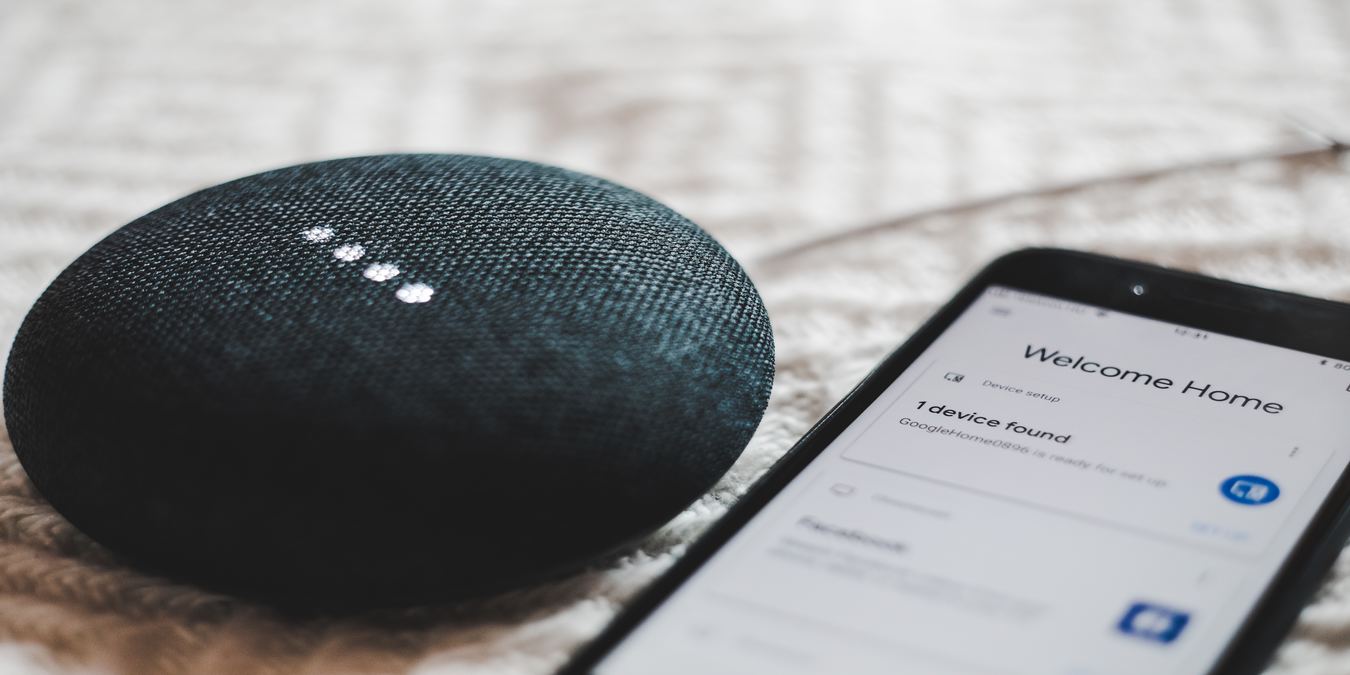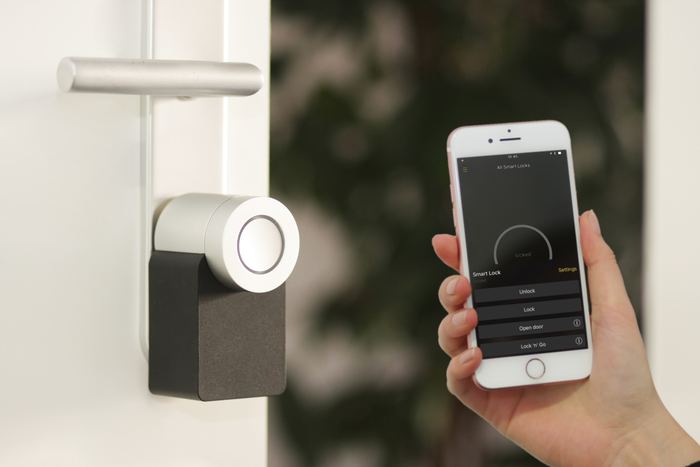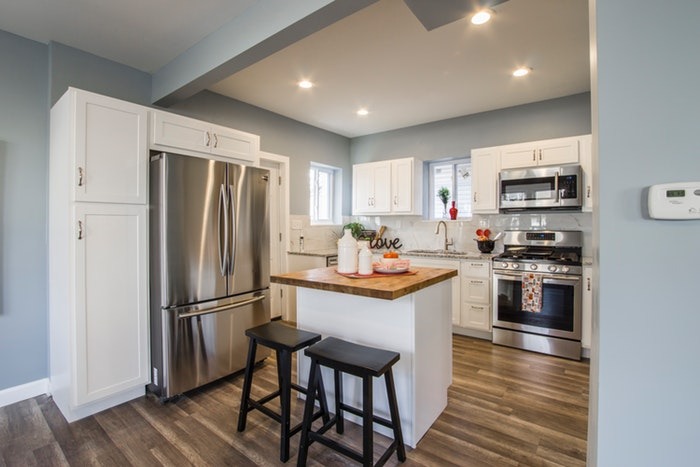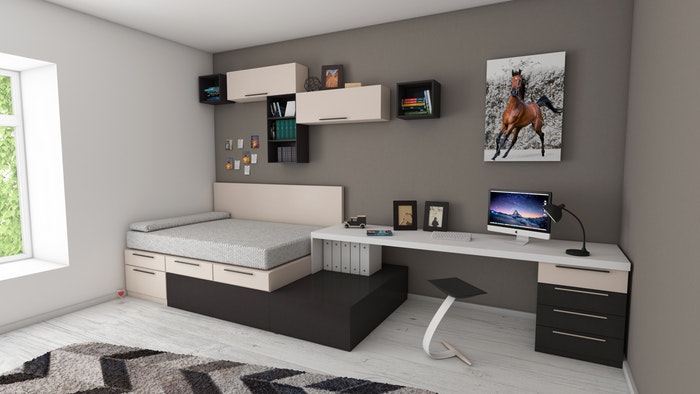
Do you still flip a switch to turn the lights on in your home? How about securing your home when you leave for work or replenishing the food supplies in your refrigerator? Has that gone smart yet?
Let’s face it – we’re just two months shy of crossing into 2020, and our homes are still as dumb as ever, except for a few smart appliances like smart irons, speakers and a few others, we do most of the major stuff the same way.
Despite all the technological advancements today, many homeowners still consider electric appliances as the last meaningful tech revolution they know, otherwise our homes would be a lot “smarter” today.
Predictions have come and gone; in fact, the year 2016 had been poised to be the rock star year for smart homes, over and above being the year of family tech. At the time, it was expected that everything would be automated, it’d be easier to connect everything with one device, and security would be better.
If that was something to follow, we’d probably be living in more high-tech spaces by now. The reality is different though.
IoT, too, has grown a lot faster than before, from two billion smart objects in 2006 to a projected 200 billion by 2020. From smart TVs to smart plumbing, smart kitchen appliances and more, the smart home sector represents massive value, but is any of this stuff worth it?
Timing and consumer adoption
To answer the question of whether or not you should make your dumb house smart, we need to consider the timing in which everything gets rolled out.

New technology is churned out every so often, which, if used too early, doesn’t work well enough as an enabler of mass-consumed products until it’s stable enough. There are still many updates, bugs, and tweaks to deal with before actual adoption by the masses is realized.
Similarly, waiting too long before the technology is rolled out may mean missing out on an opportunity to create a really good product. It’s important to see how far smart home technology has evolved, enough to be adopted en masse before you can decide whether to invest in it or not.
A good place to begin when answering the question is checking how many smart devices you already have in your home right now to gauge whether that makes your home feel smart or not.
Impact
Do the devices impact your way of living? Do you feel the need to increase the number of smart devices you have to make the smart home life a reality for you and your family? If the answer to these questions is no, then maybe the smart home hasn’t quite lived up to our expectations.

In terms of the costs of the system, some people may have to buy a smartphone among other devices to make smart home living a reality. It may take some time before you realize actual savings that pay for the costs of setting up the smart system.
When IoT first came on the scene, the idea was that people would draw value from connecting things. Everything in our homes, from the lights, refrigerator, doorbell and much more, would all be interconnected.
While technology builds really cool gadgets for use in our homes, the bottom line is that we have to need smart technology, and it has to solve real pain points in our daily lives.
Does going smart add more value to your home? It depends on a lot of things. One may argue that whether or not you decide to automate, you probably don’t realize any savings, just unnecessary and unamortized expenses. While smart applications and gadgets may not be valuable enough to be mass-adopted, once their correct use cases are identified, they’ll probably become everyday commodities.
Security, privacy and connection
Connecting smart devices also isn’t as straightforward as we may think. For instance, if you want to use Apple products with other devices, you may not connect properly without submitting to the Apple ecosystem. In this case, the smart device lives in a silo related to the brand that built it.

Home automation isn’t as safe either, especially using IoT, which introduces many new attack vectors.
Similarly, the ongoing discussion about security and compliance, where your privacy starts and where it ends, is still a big concern for consumers and regulatory authorities alike. Should your device’s security reside in the cloud or on the device itself? Where does all the data the devices collect go to, and how is it used behind the cloak of computer codes and privacy policies?
As much as going “smart” comes with several conveniences, the price for this is usually security and privacy.
Why we’re still in our dumb homes
As much as smart home technology comes with promises of convenience and easier management of routine tasks, plus security, many potential users aren’t convinced to make the switch just yet.

The hassle involved in getting the smart gadgets, installing and connecting them, managing them remotely, updating and keeping them running is too much to take in already.
Perhaps what we need is to redefine what a smart home is and think of our homes as a representation of what happens in them. Until your home can perform routine tasks by itself, without any physical involvement on your part like repairs, cleaning, or replenishing the pantry, then it’s still dumb.
Pros of Turning a Dumb House Smart
- You can control what’s happening in and outside the home
- Contributes to environmental sustainability by being energy efficient
- Create and get smart alerts on activity in and around the home
- Relatively easy to install without hiring technicians
- Saves time by automating tasks
- Hands-free convenience and customization options
- Boosts self-sufficiency especially for the elderly or physically challenged people
Cons of Turning a Dumb House Smart
- Can be costly
- Privacy and intimacy in the home isn’t guaranteed
- Possible unreliability of operation
- Reliance on the Internet
- Family members may not want in
- Device security vulnerabilities
- Smart devices and tech aren’t standardized across manufacturers
Wrap-Up
Connecting to smart devices isn’t enough. The real value will be in the ability of these connected gadgets to make manual and routine processes smart or intelligent. They should take up these operations and free up more time for us to rest, spend more time with loved ones, or enjoy a hobby. Further, brands need to create smart living processes out of manual ones and roll them out when they’re sure the technology can actually intelligently automate our homes.
Get the best of IoT Tech Trends delivered right to your inbox!








